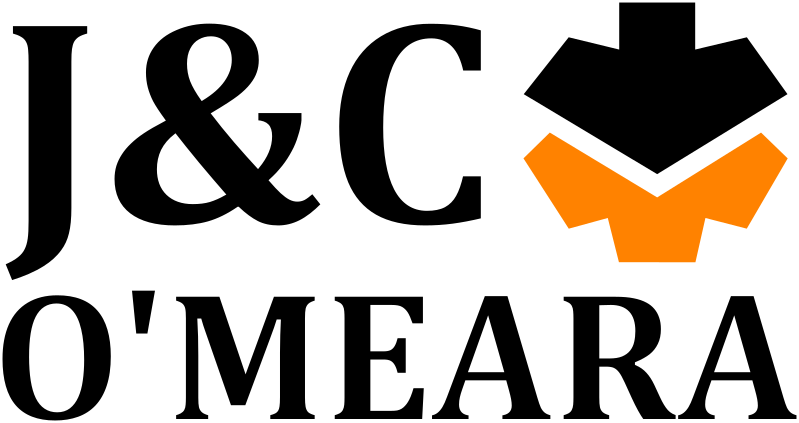How to Choose the Right Surface Planer for Your Workshop
- John Shepperd

- May 12
- 3 min read

Introduction:
A surface planer (also known as a jointer in some regions) is essential for preparing flat, square-edged timber, which is the first step in most woodworking projects. Choosing the right surface planer for your workshop requires balancing capacity, space, and budget to meet your production needs. Whether you run a small custom furniture studio or a large-scale joinery, selecting the ideal machine will ensure efficient workflow and high-quality results. Here we outline the key factors to consider when choosing a surface planer for your business.
1. Consider Your Material Size and Capacity: Start by evaluating the typical size of timber you process. The width and length of the planer’s bed determine the maximum board size you can flatten. For instance, if you often work with wide boards or slabs, you’ll need a planer large enough to accommodate them – perhaps a heavy-duty model like the Sedgwick MB (12-inch surface planer) or an industrial Houfek machine for even greater width. On the other hand, small workshops dealing with narrower stock might opt for a compact 6–10 inch wood planer. Always choose a surface planer with slightly more capacity than your current needs, so it can handle future projects as your business grows.
2. Power and Cutterblock Type: The motor power and cutterhead design influence performance. Hardwoods and high-volume work demand a powerful induction motor to maintain consistent cutting speed. Many modern planers come with advanced cutterblocks – for example, TERSA knife systems or spiral/helical cutterheads. Tersa knives allow quick blade changes and give a smooth finish, while spiral cutters have multiple small carbide inserts that reduce tear-out and noise. If surface quality is paramount (for fine furniture or joinery), consider a planer with such a cutterblock. Models like the Sedgwick PT with a Tersa cutterblock (“PT TERSA”) are popular for combining convenience and high-quality planing results.
3. Build Quality and Stability: A robust, well-built machine will deliver more accurate results. Look for features like cast iron tables and fences, which provide stability and resist vibration. For example, the Charnwood W583 planer/thicknesser has cast iron beds that ensure even small workshops get a durable, trade-quality tool. Sturdy construction is especially important if you’re buying a used planer – check for a flat table with no warping and an accurate fence. Well-built machines hold their settings, so you can trust that a 90° fence or depth setting remains true throughout operations.
4. Space and Mobility: Ensure the planer will fit your workshop layout. Floor-standing surface planers require adequate infeed and outfeed space for long boards. If space is tight, a combination machine (planer/thicknesser) could be a smart choice to save room – this gives you a surface planer and thicknesser in one unit. J&C O’Meara offers several planer/thicknesser models like the compact Charnwood W590, which might suit a smaller workshop. Also consider mobility: some medium-sized planers come with wheel kits or optional castors so you can move them when not in use, freeing up space.
5. New vs. Used Equipment: Budget plays a big role in equipment choices. New machines offer the latest features and often come with warranties, giving peace of mind. However, quality used woodworking machinery can be very cost-effective. A well-maintained used surface planer from a reputable supplier like J&C O’Meara can perform just as well as new, at a fraction of the price. If you opt for used, ensure the dealer has inspected or refurbished the machine. J&C O’Meara’s inventory of new and used planers is updated regularly, so you can compare options. Always inquire about available servicing, parts, and support – knowing that you have experts to call on is invaluable when investing in crucial machinery.
Conclusion
Selecting the right surface planer involves assessing your woodworking requirements and matching them with a machine’s capabilities. By considering material size, power, build quality, space, and whether to buy new or used, you can make an informed decision that serves your workshop for years. Remember that a good surface planer will work in tandem with your thicknesser to prepare perfect timber for further processing.
If you need guidance on choosing a surface planer or want to explore various models, contact J&C O’Meara. With over three decades of experience in the woodworking machinery industry, we can recommend the ideal planer (or planer/thicknesser) for your needs and budget, ensuring you get reliable performance and excellent value.



